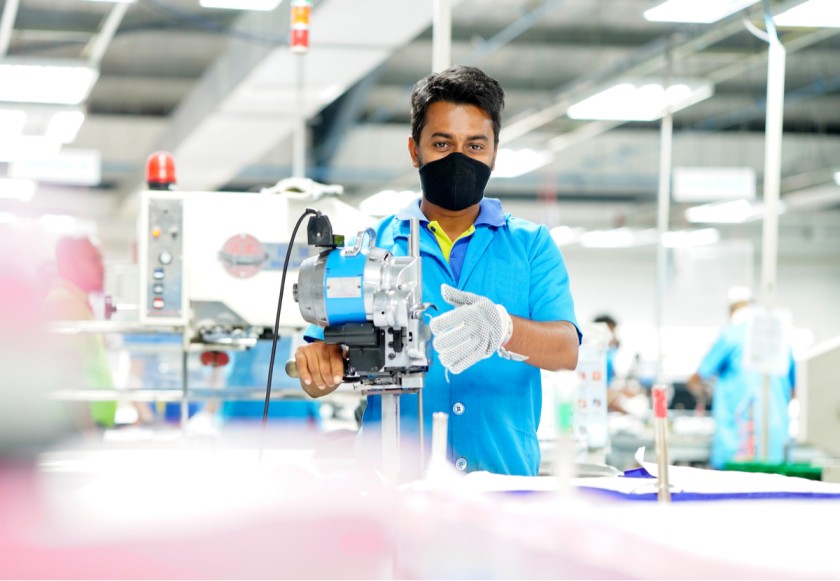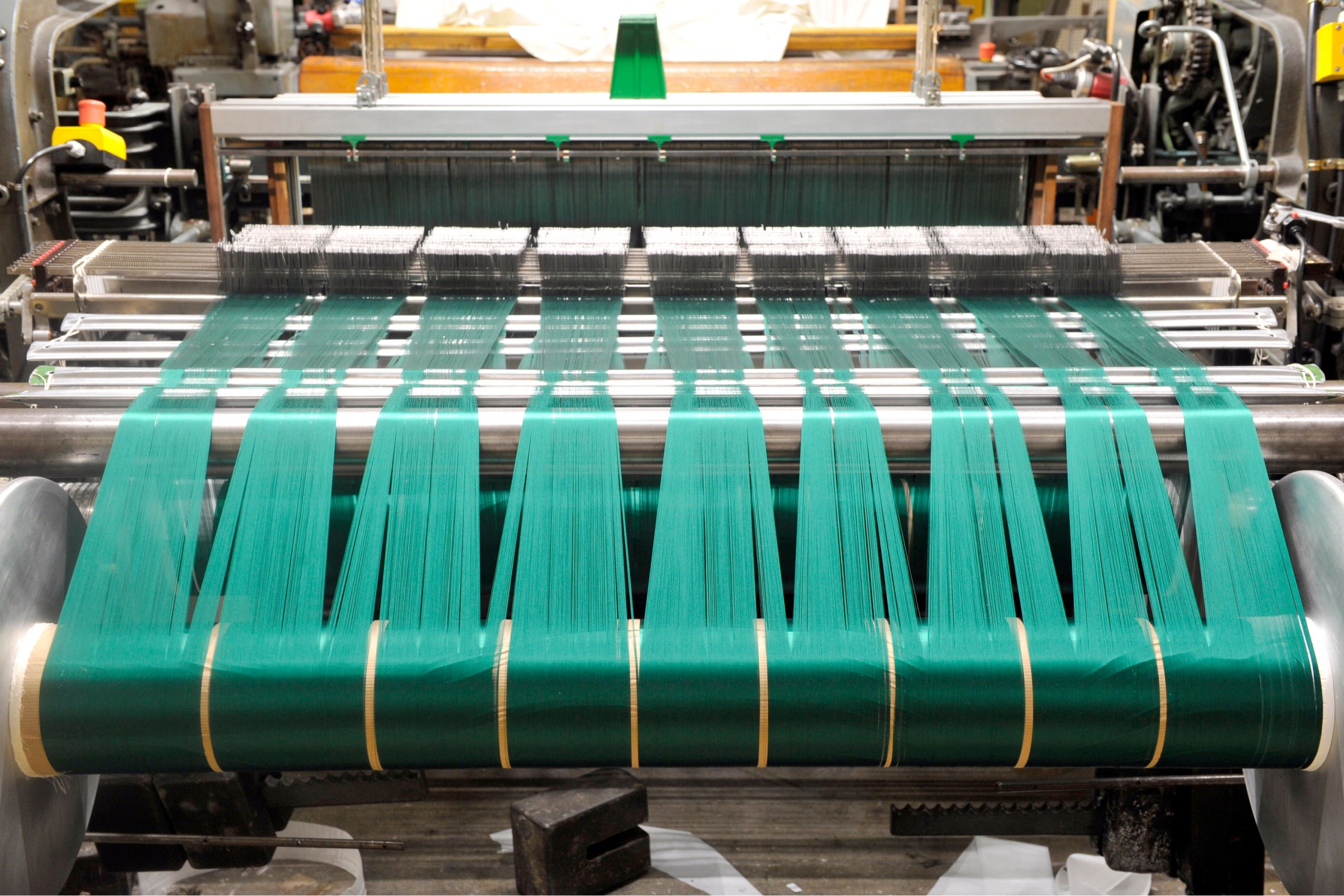5 Emerging Trends in Production and Trade in the TAG Industry



In India, more than 4.5 crore people work in the textile industry. It includes the handloom workers as well. In 2018-19, the textile industry contributed 2% to the Indian GDP. The textile industry has been contributing to the Indian economy for several centuries. The TAG (Textile and Garment Industry) in India has been witnessing a huge boom in the past few years. The recent developments in terms of technology and government initiatives to support the industry have led to a major shift in the mindset of a TAG manufacturer.
A TAG manufacturer means a company or individual that indulges in the production of various types of garments by using different types of fabrics and textile technologies. The tendency of customers towards buying new and trendy clothes and the wide range of apparel and clothing options in terms of quality, design, and creativity has led to an increased turnover for major textile industries and brands. Some of the major reasons for the growth in the TAG industry are highlighted below:
Support by the government
With the permission of 100% FDI in the textile industry, India has become the hub for TAG manufacturers across the globe. From 2016 to 2021, the Indian government has given a PLI, i.e., Production-Linked Incentive, of over Rs. 10,000 crores for technical textiles and man-made fibre. These figures suggest that the Government of India (GOI) has been increasingly supportive of the growth of the TAG industry in the country.
Increased production and demand

The production of cotton, silk, linen and other types of man-made and synthetic fibres has increased magnanimously over the last decade. The cotton production in the country is supposed to cross 7.2 million tonnes by the year 2030. The increase in the production of fibres is due to continuous demand from consumers. As per these emerging trends, the TAG manufacturers are certainly in a good position in the market.
Growth in handicraft exports
The demand in the global market for handicrafts made in India has grown tremendously in recent times. This has also contributed to the increase in the participation of textile companies in the international markets. For example, handicraft exports from India grew by 60.34%, as the handicrafts worth Rs. 15,995 crores were exported to the global market from April 2021 to September 2021.
Some of the noteworthy emerging trends in the clothing industry are mentioned below:
- Digitization is making a huge impact
Digitalisation has been one of the key motivators in the shift of buying patterns in the Indian market. Most of the consumers are happy buying clothes online as they get access to a variety of dresses and patterns without having to venture outside. The increasing use of digital platforms and mediums to communicate with consumers has also led to an increase in the sale of apparel online. A big TAG manufacturer usually targets smaller factories and retail shops via digital mediums like Facebook, LinkedIn, Instagram, etc. It helps them improve their supply chain, and as a result, we are seeing local garment shops getting occupied with branded apparel. Much of it can be attributed to the globalisation of garment production.
New technologies are also being implemented for designing and producing garments. A keen interest of the government to upgrade textile technologies is also quite evident. From 2015 to 2020, the funds amounting to USD 961 million have been poured into upgrading textile technology. Also, the funds amounting to over USD 184 million have been invested in the development of Integrated Textile Parks.
- Foreign Investors are taking a keen interest in the Indian Textile Industry
International brands like Walmart, Tommy Hilfiger, Marks and Spencer, etc., have their retail outlets in metropolitan cities. However, with the increased support to FDI, these companies might set up their own production plants in the country soon. This can further boost the demand for high-quality garments and factories from the Indian market. Therefore, the local TAG manufacturers will be able to utilise this opportunity to increase their production, which will eventually help them earn higher profits.
DGFT (Directorate General of Foreign Trade) has increased the incentive rate for MEIS (Merchandise from Indian Scheme) for made-up and ready-made apparel to 4%. It was 2% earlier. Such initiatives by the Indian government will certainly encourage exports and foreign trade in the garment industry.
- Trade agreements are helping the TAG industry
The trade agreements between India and other countries also encourage the garment sector. These agreements make the Indian markets more accessible for the global brands who want to work with them for producing high-quality garments. The United Kingdom is the 14th largest trading partner of India. For 2020-2021, it accounted for more than USD 8.7 billion in exports and more than USD 6.7 billion in imports. It shows that exports have certainly been the major contributors to the Indian economy in recent times.
- Indian companies are leading the way

It is not that only the international clothing brands are creating a stir in the Indian apparels market. Even the Indian manufacturers are at par with them when it comes to production standards, quality, and design.
For example, Louis Phillipe is a brand that specialises in men’s clothing. While many think that it is a foreign brand, it is actually owned by Madura Fashion and Lifestyle, which is a part of the ABG (Aditya Birla Group). ABG also owns other lifestyle brands such as Peter England, Allen Solly, Van Heusen, etc. With 700+ lifestyle stores and more than 2000 trade outlets both in India and in other countries, it is surely winning it big time as far as the Indian fashion and apparel industry is concerned.
- GOI is increasing the investment in this industry
The government has been planning to encourage employment in the textile industry. Funds are being poured in to build Integrated Textile Parks through various schemes. For instance, a setup of mega handloom clusters in Moirang, Bishnupur and Manipur was recently announced by Piyush Goyal, the Union textile minister of GOI. This cluster will need a whopping Rs 30 crore, which will be managed by the NHDP (National Handloom Development Programme).
The proposal of around 59 textile parks has been sanctioned under SITP (Scheme for Integrated Textile Parks). Out of these 59 parks, 22 of them have already been completed. It also shows that the Indian government is committed to increasing employment by investing more in the TAG industry. It is great news for a TAG manufacturer who has just started and for those entrepreneurs who want to start a business in this industry.
The Make In India initiative of the Indian government will also urge local brands to work and create their own name and reputation in the market. This will provide more employment to the skilled labour in the country, which will be ultimately beneficial for the Indian economy.
What’s in store for the future?
The Indian government is likely to increase its investment in the textile industry in the near future. The huge population, varied demands, and growth of foreign investment will surely be a huge contributor to the growth of this sector. In the pandemic, the demand for PPE kits increased substantially. Therefore, the government will also focus on providing the machinery and funds required for designing and manufacturing PPE suits.
The increasing consumption in the domestic circles and increasing exports will also help the government to create major employment opportunities in this sector. The average income of the Indians is also increasing due to economic growth and prosperity. It will increase domestic consumption and allow TAG manufacturers to provide high-quality raw materials to consumers and apparel brands.
In India, people are also used to wearing stitched clothes after purchasing high-quality garments. The tailors and local cloth-makers are also a part of this industry. Therefore, the government should come up with schemes that allow small-time garment manufacturers and tailors to improve their expertise. If any professional courses are introduced through schemes like Make In India, it may create a revolutionary change in the Indian garment industry. It will open up the industry for everyone, and courses like fashion designing will further help people to hone their skills.



















